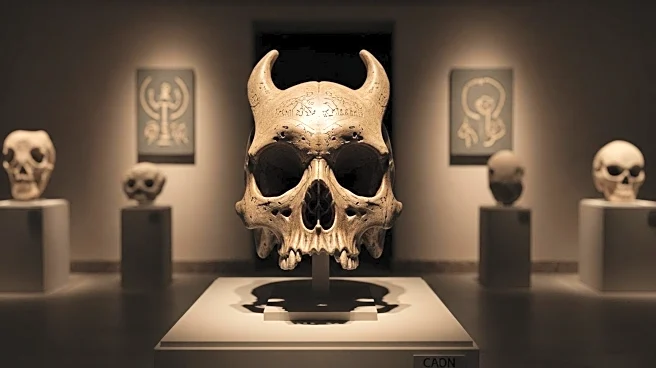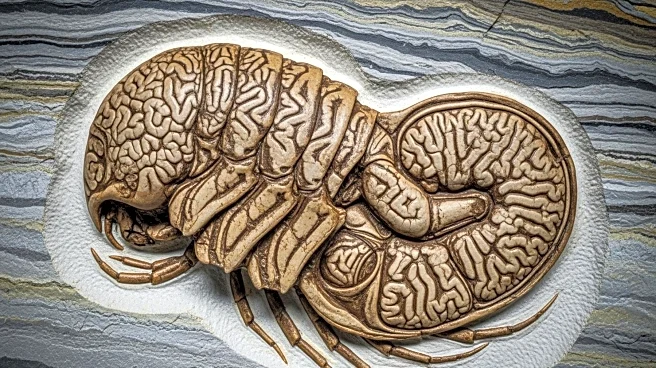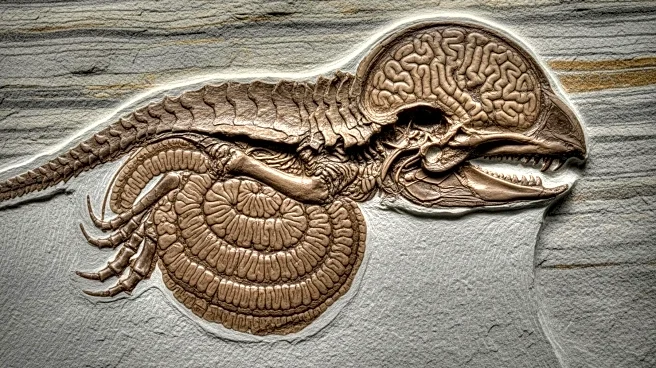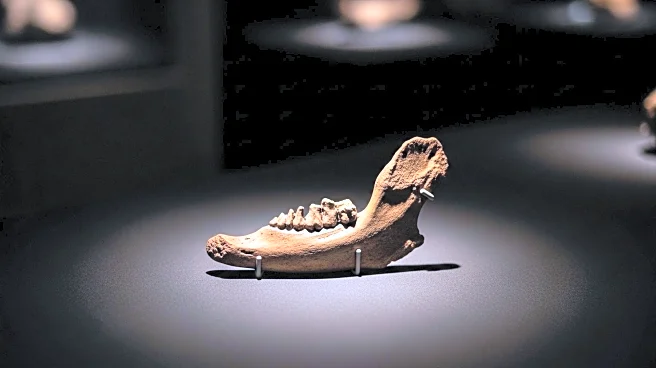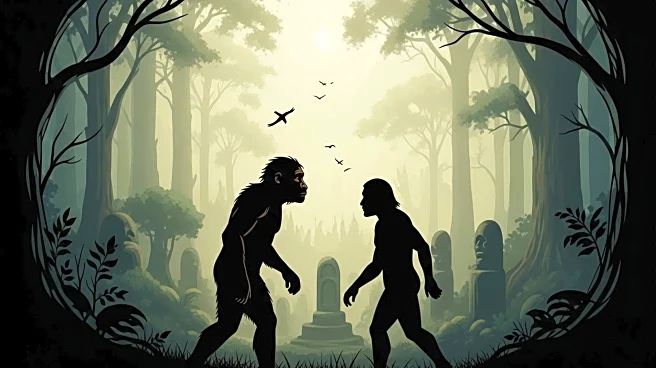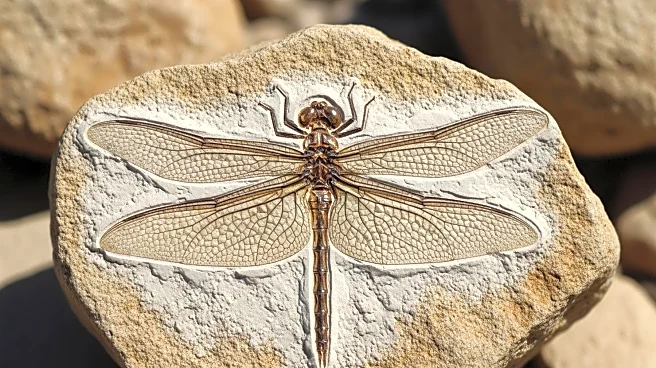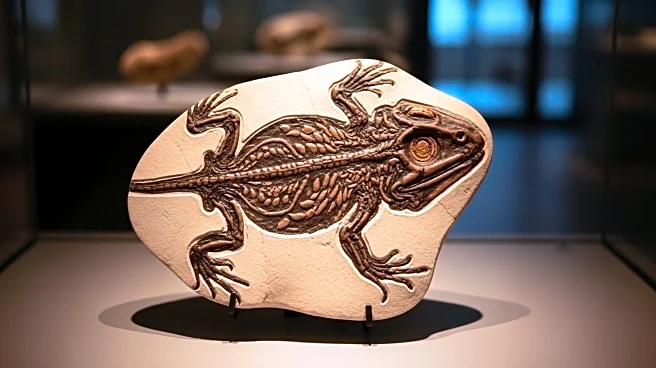What's Happening?
Researchers have uncovered a skull in the Petralona Cave in Greece that does not appear to belong to Homo sapiens or Neanderthals. The skull, known as the Petralona skull, was discovered by Christos Sariannidis in 1960 and has been dated to be between 277,000 and 295,000 years old. The calcite formation on the skull suggests it may have coexisted with Neanderthals during the Middle Pleistocene era. The skull is believed to belong to Homo heidelbergensis, a primitive hominid species that lived between 300,000 and 600,000 years ago, with some migrating to Europe.
Why It's Important?
The discovery of the Petralona skull provides significant insights into human evolution, particularly in Europe. It suggests the coexistence of Homo heidelbergensis with Neanderthals, offering a deeper understanding of the evolutionary timeline and the diversity of hominid species. This finding challenges existing theories about human ancestry and highlights the complexity of prehistoric human evolution. It may lead to reevaluations of how ancient human relatives interacted and evolved alongside each other.
What's Next?
Further research and analysis are expected to continue on the Petralona skull to refine its dating and understand its implications for human evolution. Scientists may explore additional sites in Europe to find more evidence of Homo heidelbergensis and their interactions with Neanderthals. The ongoing debate about the timeline and characteristics of ancient hominid species will likely be influenced by this discovery, prompting new studies and discussions in the scientific community.
Beyond the Headlines
The discovery raises ethical and philosophical questions about human ancestry and the definition of what it means to be human. It challenges the notion of a linear evolutionary path and suggests a more complex web of interactions among ancient species. This could lead to broader discussions about the cultural and social implications of human evolution and our understanding of identity and heritage.
